Bayeux Tapestry Museum
This is the most celebrated monument of Norman history. It is neither a château, nor a church, but a length of linen 68.80 metres long by 50 centimetres high, dated 1070.
Discover Site
Château-Gaillard
Established at the confluence of the Seine and a small tributary, the Gambon, the Château-Gaillard whose function was to prohibit use of the Rouen road and monitor the Vexin, disputed between the dukes of Normandy and the kings of France and recklessly conceded by Richard to Philippe Auguste in 1195.
Discover Site
Château of Gisors
The Château of Gisors was built by Robert de Bellême on behalf of William Rufus in 1096-1097. It is the key to Normandy according to the expression used by Orderic Vital.
Discover Site
Château of Falaise
If the Château of Falaise is closely linked to the fate of the most famous of the Norman dukes, William the Conqueror, the rock on which it is established already boasted a fortification from the first days of the duchy.
Discover Site
Château of Tancarville
From the beginning of the XIIth century, the Château of Tancarville was the main seat of one of the most powerful lineages of the Pays de Caux at the time of the dukes, that of the chamberlains of Normandy.
Discover Site
Château of Ivry
The Château of Ivry is built on the barred spur of a moat whose site commands the passage of the river Eure. It presents, to all appearances, the classical arrangements with a high outer wall and a courtyard whose chronology is not totally established.
Discover Site
Château of Saint-Sauveur-le-Vicomte
Built in the Xth century of earth and wood, the Château was replaced in the XIIth century by a large square keep supported by flat buttresses that rise at a south-east angle, above the Vallée de la Douve.
Discover Site
Chambois Keep
The construction of the Château of Chambois probably dates from the second half of the XIIth century. Originally surrounded by an outer wall destroyed around 1750, this château was given, after 1204, by the King of France Philippe Auguste to his Marshall Henri Clément.
Discover Site
Château of Domfront
The quadrangular keep dates from c. 1092 when Henry I Beauclerc made Domfront his first base in Normandy. It is from this fortified site that he develops his power in Normandy against his brother Robert Courteheuse.
Discover Site
The Motte (mound) of Olivet (Motte de Grimbosq)
The ‘motte’ (mound) de Grimbosq or Château d'Olivet is found in the heart of the forest of Grimbosq, to the south of Caen. It is due to the establishment in Cinglais of Raoul l'Angevin, ancestor of the Taisson family, who arrived in Normandy between 1017 and 1025.
Discover Site
Rochester Cathedral
Rochester Cathedral is England's second oldest cathedral having been founded in 604AD by Bishop Justus.
Discover Site
Hedingham Castle
Remarkably intact Norman baronial castle.
Discover Site
Castle Hedingham Church
A fine late Norman parish church.
Discover Site
Waltham Abbey Church
The nave of a magnificent Norman abbey
Discover Site
St Botolphs Priory , Colchester
Evocative ruins of a major Norman priory.
Discover Site
Canterbury Castle
Canterbury Castle was begun around 1070 by William the Conqueror and replaced an earlier Motte and Bailey built at the nearby Dane John.
Discover Site
Dover Castle
Located overlooking the shortest crossings between England and France, Dover Castle is one of the most strategically important castles in England.
Discover Site
Canterbury Cathedral
St Augustine's church was rebuilt in 1070 after a fire by the Normans. By 1077 Archbishop Lanfranc had rebuilt it as a Norman cathedral.
Discover Site
Château-Ganne
The Château of Ganne is located in the small undulating forestry region of Cinglais, where forty or so fortifications, outer walls, castle mounds, stone châteaux were identified by the archaeology. This density attests the promotion and development of this land under the dukes of Normandy.
Discover Site
Château of Creully
The château of Creully dominates the Vallée de la Seulles and dominates a vast panorama of Bessin. In the XIIth century, the residence of Lord of Creully comprising a Great Hall of a single volume rising to seventeen metres high, open like the nave of a church. It was converted from the XIVth to the XVIth century and given a Renaissance façade.
Discover Site
Castle Rising Castle
Castle Rising Castle is a magnificant Norman lordly residence. It is referred to as a hall keep, rather than a tower keep such as the one at Rochester.
Discover Site
Norwich Cathedral
Norwich Cathedral is the most complete Romansque cathedral in England.
Discover Site
Westminster Hall
Westminster Hall is the oldest surviving part of the ancient Palace of Westminster and one of the most important and iconic buildings in England.
Discover Site
Jumièges Abbey
Founded in the VIIth century, Jumièges Abbey had become a very prestigious abbey favoured by the Carolingian kings, that was the target of the Vikings in 841. However the history of the Abbey illustrates in a striking manner the success of the integration of the Normands in the Frankish kingdom.
Discover Site
Castle Acre Priory
Castle Acre Castle and Priory are fine examples of the powerful impact of the Norman Conquest on land ownership and landscapes in England. The priory was part of a vast monastic network centred on the great Abbey of Cluny in France. Its surviving church west front is one of the most famous and decorative 12th century monastic facades.The castle remains one of the most impressive Norman earthworks in England.
Discover Site
The White Tower
The White Tower is one of the earliest donjons in England. It is usually referred to as a hall keep, with the main floor divided to produce two rooms of unequal size. The donjon at Colchester is very similar to the White Tower, and both are said to be based on the ducal castle of Rouen in Normandy.
Discover Site
Church of Saint Laurent
It is an example of primitive Roman architecture of the XIth century still visible today.
Discover Site
Church of the Trinity, Church of Saint Gervais
These two churches are witness both to the foundation of the city and of its development in the Anglo-Norman era. They were both consecrated by by Henri I Beauclerc, Duke of Normandy and King of England.
Discover Site
Church of Norrey-en-Auge
Built around 1050, this church is a beautiful example of primitive Romanesque architecture whose style was exported to England in the wake of the Conquest of 1066.
Discover Site
Abbey of Mont-Saint-Michel
As a result of an apparition of the Archangel Saint Michael to Saint Aubert Bishop of Avranches in 708, this Abbey was built on the ‘Mont Tombe’ where the Archangel fought the Devil. This sanctuary rapidly became a major place of pilgrimage where men came to seek comfort for a good death
Discover Site
Abbey of Cerisy
Founded in 1032 at the heart of the forest by Duke Robert the Magnificent, the Abbey was established at the site of a small religious establishment of the VIth century that was destroyed by Scandinavian invasions. Of the ducal monastery nothing remains and the current abbey church appertains to a reconstruction of the last quarter of the XIth century.
Discover Site
Bayeux Cathedral
Bayeux was a bishop’s seat of power from the end of Antiquity and plays the role of second capital of the duchy until William the Conqueror transfers this function to Caen. Consecrated in 1077, then a part of the cathedral was rebuilt in 1105 after a fire.
Discover Site
Thaon Church
The church of Saint-Pierre de Thaon was built on a site today isolated from the village but whose archaeology has revealed traces of occupation from the early Middle Ages. The most ancient part of the church is the base of the belfry undoubtedly contemporaneous with the grand abbeys of Caen (1070-1080).
Discover Site
Church of Saint-Nicolas at Caen
The Church of Saint-Nicolas is attested for the first time in 1083. It was intended for the monks of the Abbey of Saint-Etienne who had banked on a rapid development of the area.
Discover Site
Abbey of Saint-Martin-de-Boscherville
The Abbey of Boscherville from the beginning of the XIIth century compliments the network of great Benedictine abbeys richly endowed by the dukes of Normandy and the grand Norman barons in the Seine Valley.
Discover Site
Abbey of Bernay
The Abbey was created in the first decade of the XIth century by Judith of Brittany wife of Duke Richard II. Richard II entrusted the completion of the church to the Italian abbot Guillaume de Volpiano. The works were completed by the first abbot, Vital de Creully, to whom this achievement will merit the considerable privilege of becoming the Abbot of Westminster in 1076.
Discover Site
Abbey of Saint-Etienne at Caen, Abbaye-aux-Hommes
The Duke William the Conqueror and the Duchess Matilda founded the Abbayes-aux- Hommes (c.1063) and Abbayes-aux-Dames (between 1059 & 1065) to enhance the development of the new ducal capital.
Discover Site
Abbey of the Saint-Trinity at Caen, Abbaye-aux-Dames
The abbey church of Saint-Trinity, like Saint-Etienne de Caen, typically belongs to the Norman churches having what is known as a “harmonic” façade. One of the major interests of the Trinity is its crypt, the unique example among the Norman abbey churches.
Discover Site
Abbey of Lessay
The large Benedictine abbey of Cotentin was founded c.1056 by Turstin Haldup, Lord of La-Haye-du-Puits, foundation confirmed in 1080 by William the Conqueror.
Discover Site
Arlette's Fountain
Built on the same site where Robert the Magnificent and Herlève de Falaise, the parents of William the Conqueror, met.
Discover Site
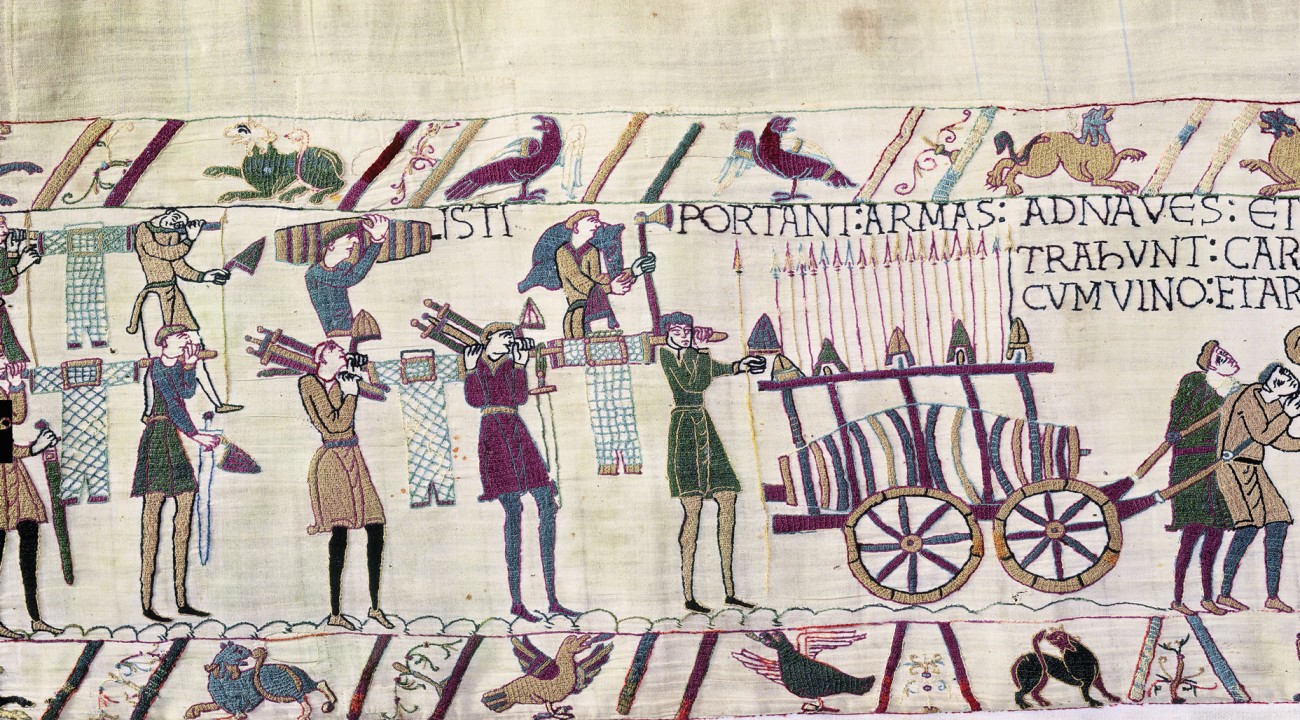
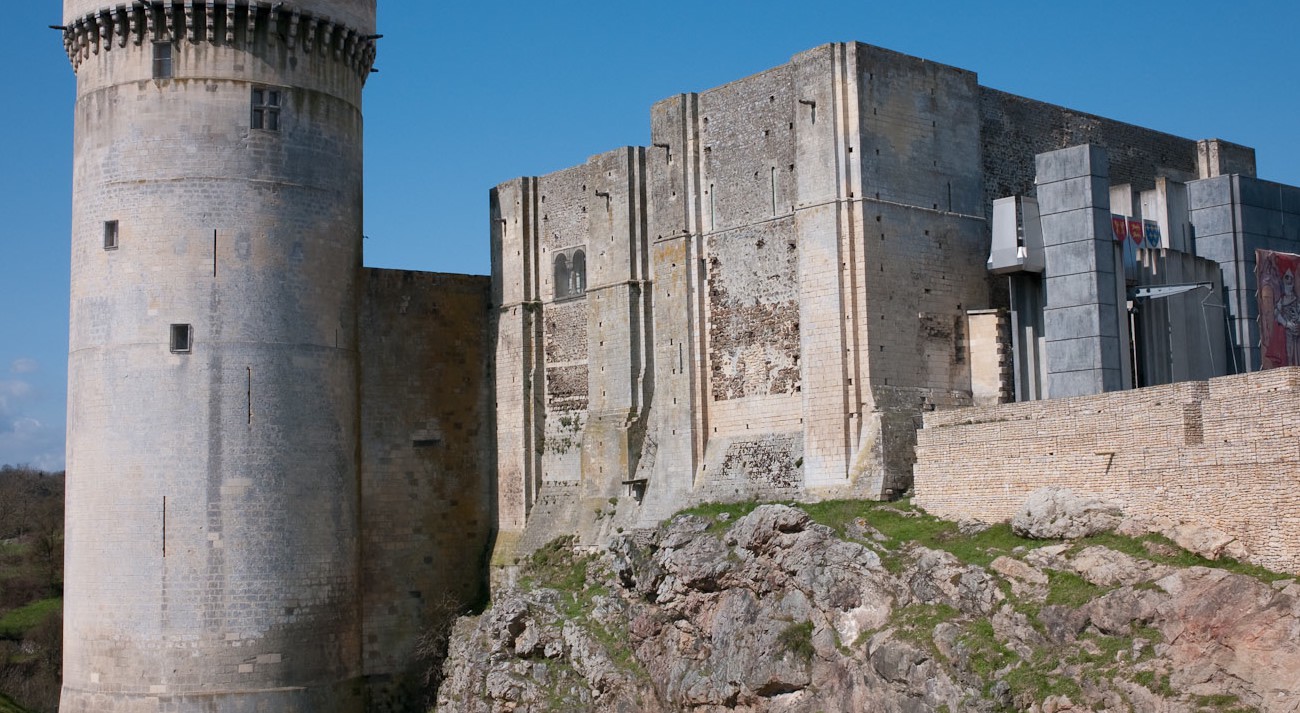
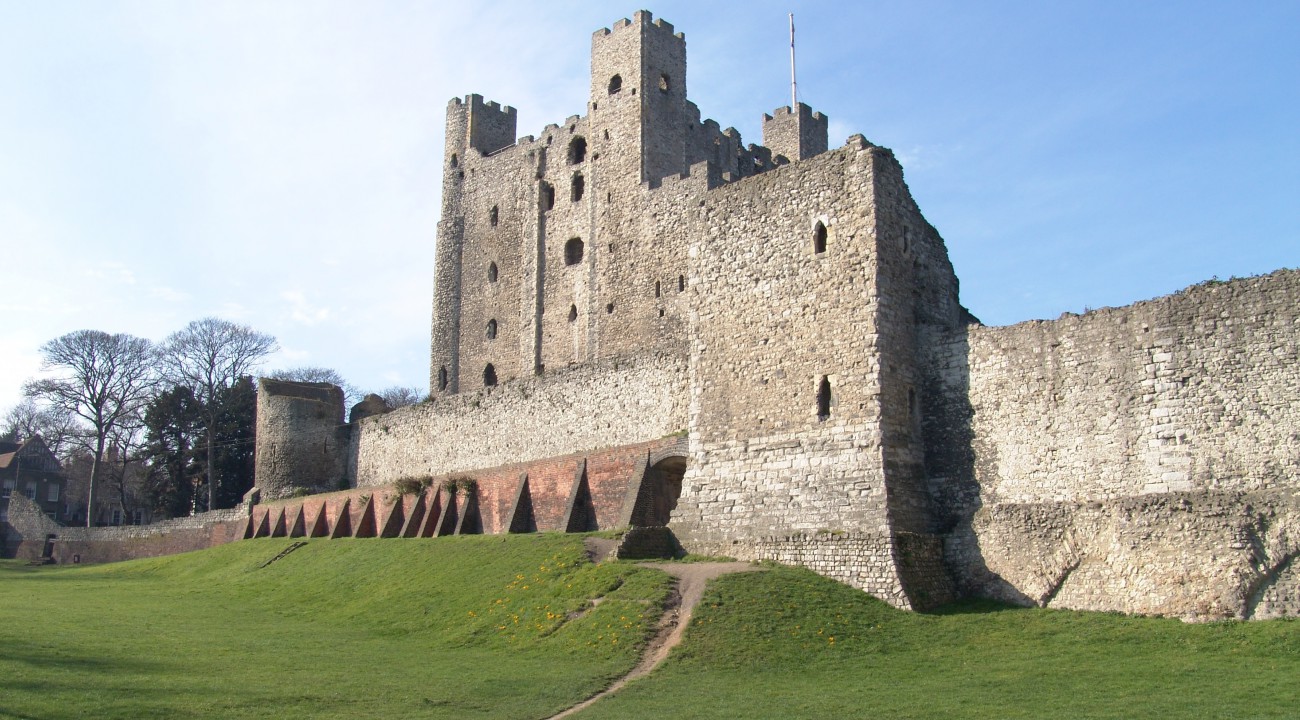
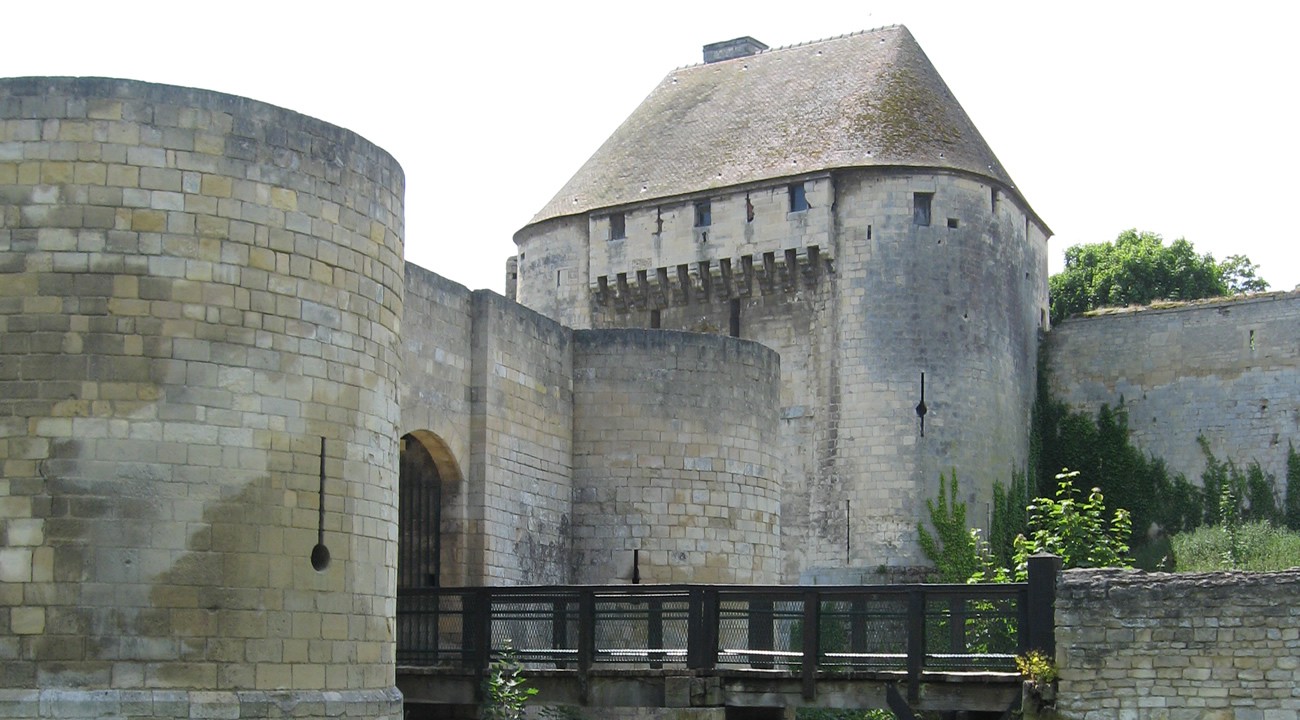
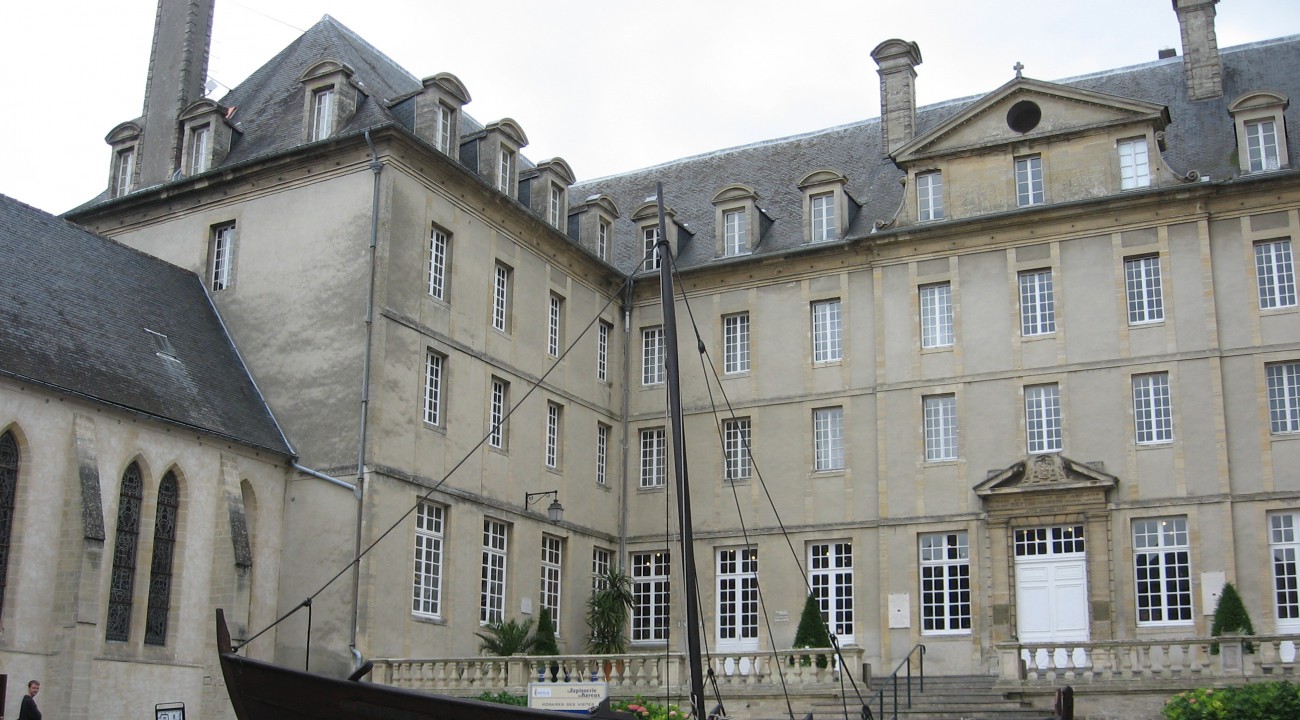
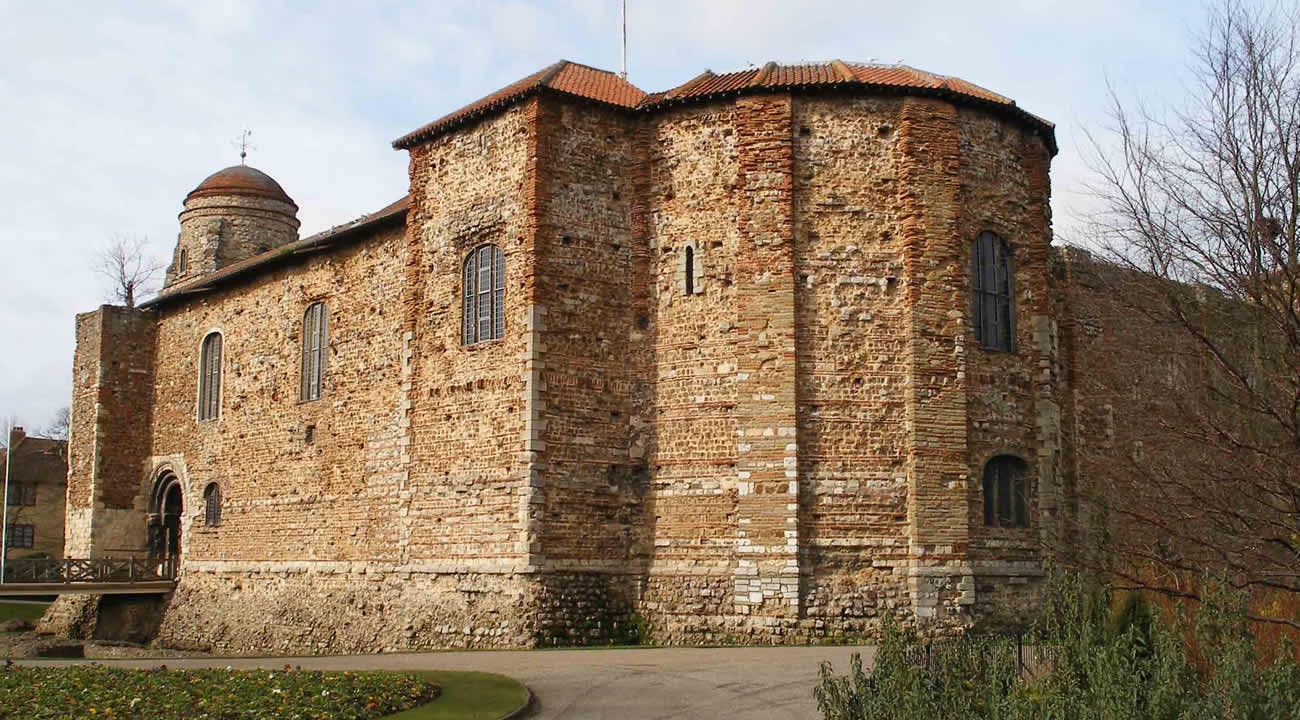
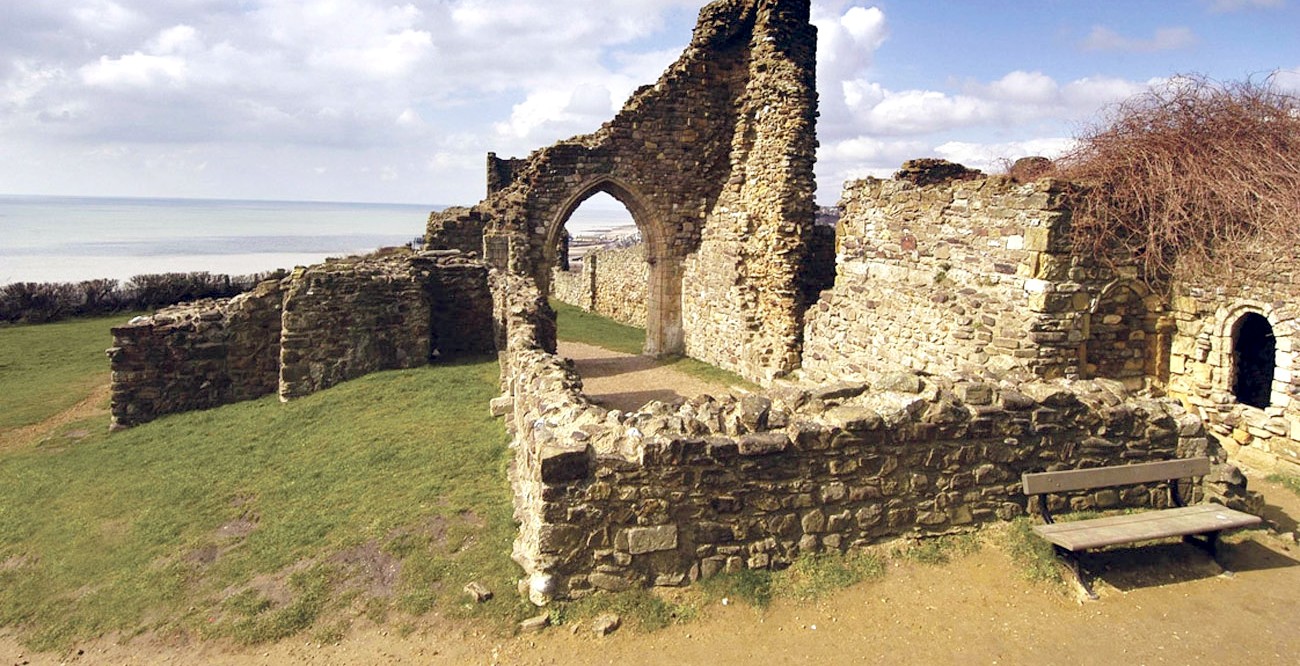
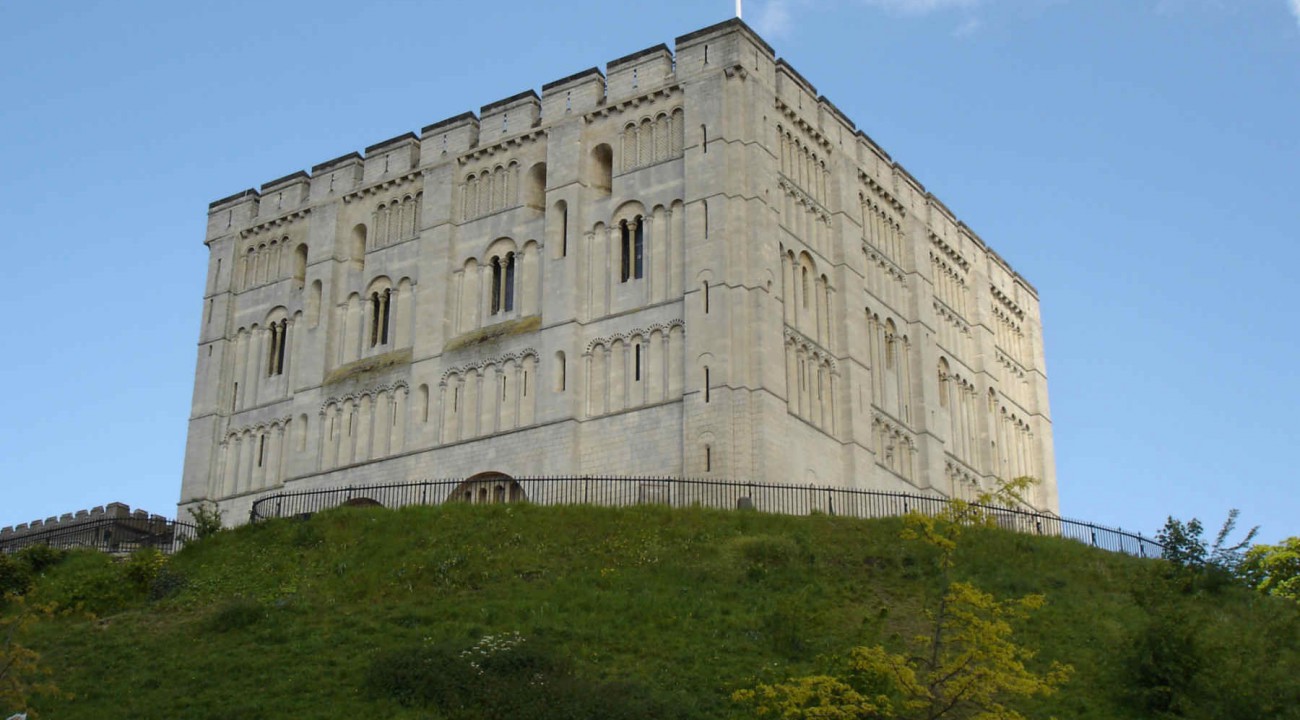
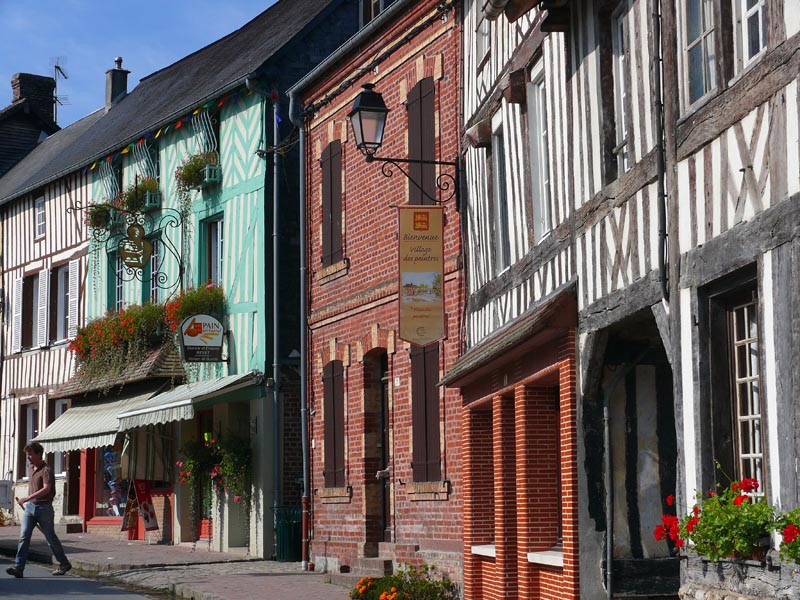

 Fonds Européen De Développement Régional
Fonds Européen De Développement Régional
 Fonds Européen De Développement Régional
Fonds Européen De Développement Régional

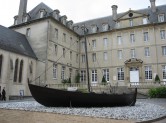
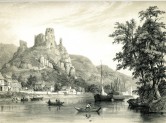
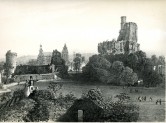
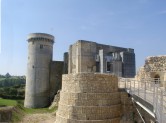
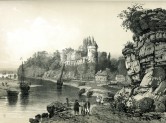
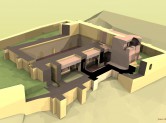
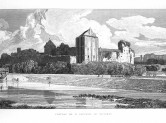

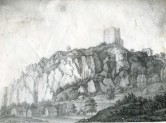
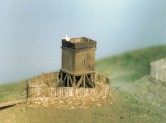
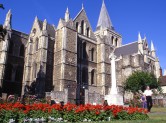
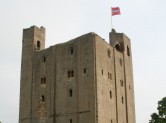
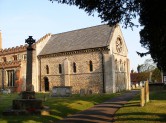
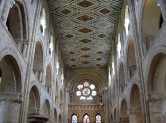
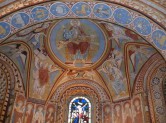
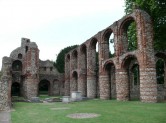
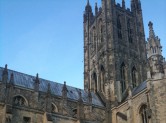

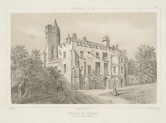
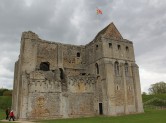
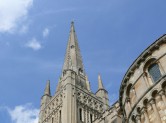
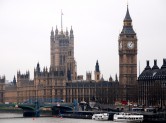
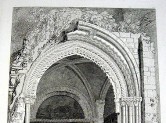
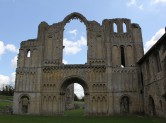
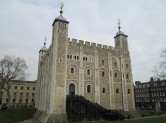
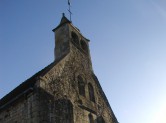
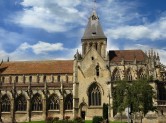
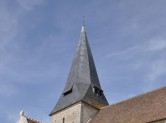

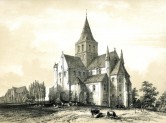

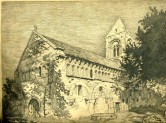
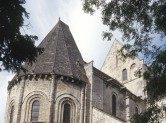

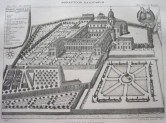
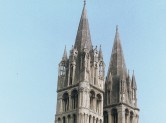
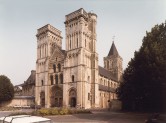
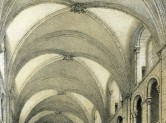
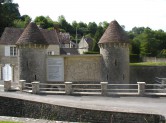
 Email a friend
Email a friend  Print this page
Print this page 